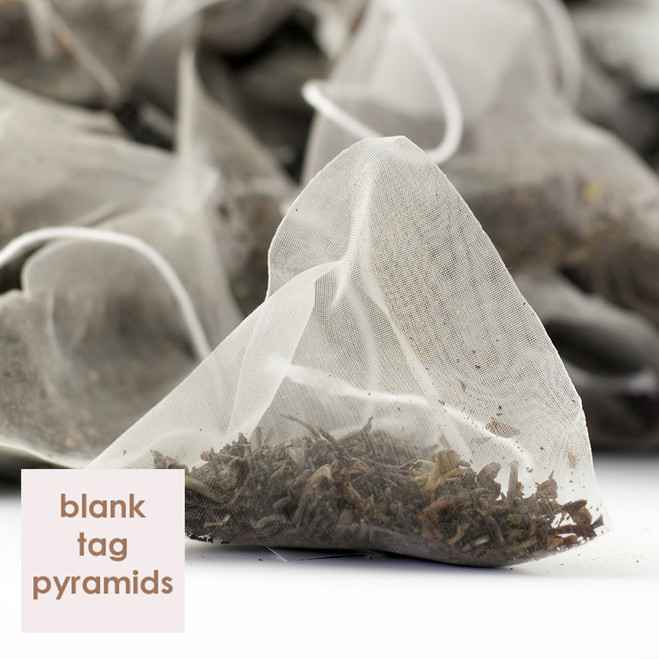Margaret's Hope TGFOP Darjeeling Tea is a 2nd Flush Darjeeling with a distinctive 'muscatel' flavour and hints of blackcurrants that create an almost wine like taste. Nestled in the picturesque hills of Darjeeling, India, Margaret's Hope Tea Estate has a rich history and a unique story behind its name. This enchanting tea garden produces some of the world's finest teas and carries a tale of love, loss, and legacy.
Geographical and Historical Context
Margaret's Hope Tea Estate is in the Kurseong Valley of Darjeeling. It is renowned for its lush green landscapes, rolling hills, and a temperate climate perfect for tea cultivation. Darjeeling has a long and storied history of tea production, dating back to the mid-19th century when the British East India Company sought to establish an alternative to Chinese tea. The region's unique terroir and altitude, ranging between 3,000 and 6,000 feet above sea level, contribute to the distinct flavour profile of Darjeeling tea, often referred to as the "Champagne of teas."
Establishment of the Tea Estate
Margaret's Hope Tea Estate was established in the 1860s by a British planter named Mr Cruikshank. The tea estate initially started as Bara Ringtong Tea Estate. In the early 20th century, the name was changed to Margaret's Hope. The estate spans 361 hectares and is one of the oldest and most revered tea gardens in Darjeeling.
The Inspiration Behind the Name
The story behind "Margaret's Hope" is tragic and heartwarming. In the early 20th century, Mr Cruikshank's daughter, Margaret, visited the estate and fell in love with the beautiful landscapes and the enchanting tea garden. She became deeply attached to the place and hoped to return to the estate someday. Unfortunately, Margaret fell ill on her voyage back to the estate. She passed away, never having the chance to revisit the tea garden she had grown so fond of.
In memory of his daughter and her love for the estate, Mr Cruikshank renamed the tea garden "Margaret's Hope." The name is a lasting tribute to Margaret's passion for the estate and her unfulfilled dream of returning to the enchanting tea garden.
2nd Flush Darjeeling Tea
Later in the year, between May and June, 2nd flush teas are picked. They are the leaves and buds that grow after the first harvest. The flavour of 2nd flush teas is more robust and full-bodied than that of 1st flush teas. This flavour profile makes them popular among tea lovers who like a stronger taste.
Muscatel Flavour
Darjeeling tea, often called the "Champagne of Teas," is a highly valued and sought-after drink because it tastes and smells so good. This tea is famous for its unique muscatel flavour, which has won over tea lovers all over the world. It is grown in the beautiful Darjeeling region of India. The muscatel flavour, which tastes like muscat grapes, is complex and hard to describe. It only appears in the second flush (harvest) of Darjeeling tea. For years, no one knew where this flavour originated, but recent scientific research has shown that the Tea Green Fly plays a dramatic role.
Researchers have found that the Tea Green Fly (Empoasca flavescens) is a key part of a biochemical process in the tea bush (Camellia sinensis) that makes the muscatel flavour. During the second flush, these tiny bugs, which are also called tea jassids, feed on the sap of tea leaves. This feeding causes the tea plant to feel stressed and, as a result, make certain compounds that contribute to the muscatel flavour.
TGFOP Leaf Grade
Tippy Golden Flowery Orange Pekoe, or TGFOP, is a term for how tea leaves are graded. This grade means that the tea has a lot of golden tips, which are the young leaves that haven't opened yet and have a delicate flavour. It shows that Margaret's Hope 2nd Flush Darjeeling Loose Leaf Tea is high quality. If you'd like to learn more about how tea leaves are graded, head over to our article in the Tea Hub: Tea Leaf Grading
How to Prepare Margaret's Hope Darjeeling Tea
Loose leaf serving portion: Around 2.6g per 250ml cup
Water temperature: Boiling - 100° C
Brewing Time: 3 - 7 minutes
Recipe
Try this refreshing Darjeeling Tea Smoothie as a new way to enjoy Margaret's Hope 2nd Flush Darjeeling Loose Leaf Tea:
- Brew and let cool 1 cup of strong Margaret's Hope Darjeeling tea.
- 1 cup of frozen mixed berries.
- 1 ripe banana.
- 1/2 cup of Greek yoghurt.
- 1 tablespoon of honey.
Blend all the above ingredients in a blender until smooth, then enjoy right away.
Margaret's Hope TGFOP Darjeeling Tea is also available in Pyramid Teabags
- INGREDIENTS:
- Luxury Black Tea
- ORIGIN:
- Darjeeling, India. Grown: 6800 ft above sea level
- CAFFEINE:
- Approx between 27- 35mg per cup
- LEAVES:
- Orthodox Tippy Golden Flowery Orange Pekoe
- AROMA:
- Complex Bouquet, hints of currant and Muscat Grapes
- COLOUR:
- Bright, light infusion
- TASTE:
- Distinctive Muscatel character with slight astringency
- WELL BEING:
- Refreshing
- MENU GUIDE:
- Popular
- FLAVOUR:
- Muscatel
- FLAVOUR:
- Fruity
- STRENGTH:
- Light Bodied
- CAFFEINE CONTENT:
- Moderate
- HARMONISATION CODE < 3Kg:
- 0902300000
- HARMONISATION CODE > 3Kg:
- 0902400000










